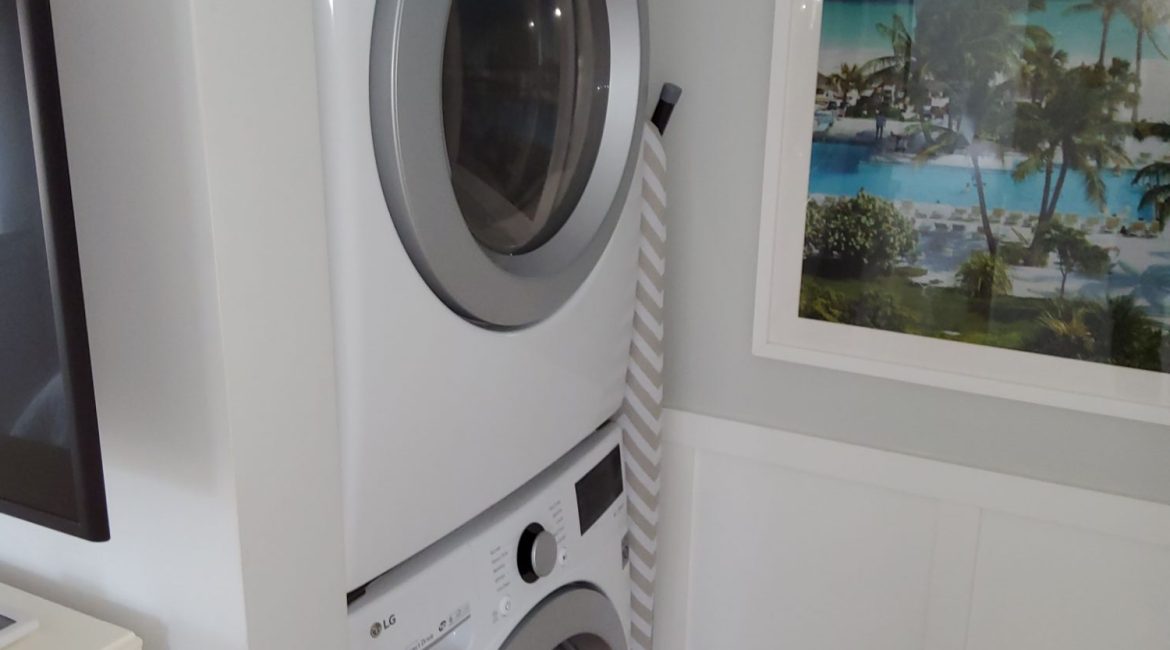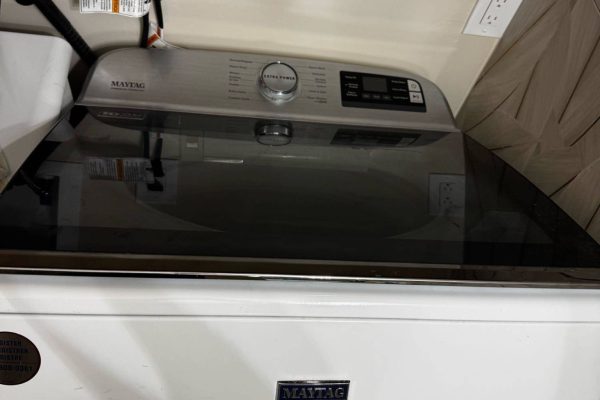Laundry day can be frustrating when, after a full wash cycle, your clothes emerge covered in lint. Not only does this affect the appearance of your clothing, but it can also cause discomfort, especially for those with sensitive skin. Understanding why washers leave lint on clothes is crucial to maintaining your laundry’s quality and extending the life of your appliance. Two of the most common causes are a clogged lint filter and damaged drum paddles.
- The Role of the Lint Filter
Most modern washing machines are equipped with a lint filter designed to trap loose fibers, threads, and fuzz released from fabrics during washing. This filter helps prevent lint from redepositing onto clothes or clogging the washer’s drainage system. Over time, however, the lint filter can become clogged with accumulated fibers, soap residue, and detergent build-up.
A clogged lint filter cannot effectively capture lint, meaning those loose fibers find their way back onto your clothing. Signs of a clogged lint filter include:
- Excessive lint on freshly washed clothes
- Poor drainage during the wash cycle
- Unusual noises or slower cycles
Regular cleaning of the lint filter is essential. Many users overlook this step, assuming lint filters are self-cleaning. In reality, most require manual attention every few washes to ensure optimal performance. For top-loading washers, the filter is usually located along the agitator or on the drum wall. For front-loading machines, it’s often near the bottom front, behind a small panel. Consult your washer’s manual for exact instructions.
- Damaged Drum Paddles and Their Impact
Another culprit behind lint issues is damaged drum paddles, also known as lifters. These are the small, raised components inside the washer drum that help tumble clothes during a cycle, ensuring even washing and rinsing. When drum paddles are cracked, broken, or worn out, clothes do not tumble properly, which can lead to poor rinsing and increased friction among fabrics. This friction causes fibers to loosen and accumulate as lint.
Signs of damaged drum paddles include:
- Clothes coming out twisted or tangled
- Unusual scraping or rattling noises during the cycle
- Consistent lint deposits despite cleaning the lint filter
Replacing drum paddles is not typically a DIY task unless you have experience with appliance repair. Improper handling can lead to further damage to the washer drum or other internal components.
- How Fabric Types Affect Lint
While lint filters and drum paddles are common sources of lint problems, the types of fabrics you wash also play a role. Cotton and towels, for example, shed more fibers than synthetic fabrics. Washing mixed loads can exacerbate lint problems, as high-shed fabrics release fibers that cling to more delicate, low-shed items.
Tips to reduce lint through proper washing:
- Separate high-shed fabrics from low-shed fabrics
- Turn clothes inside out before washing
- Use shorter wash cycles for delicate items
- Avoid overloading the washer
- Detergent and Water Temperature Considerations
Overusing detergent or using a detergent that is not suitable for your fabric type can contribute to lint problems. Excess soap can trap fibers in a sticky residue, making it more likely for lint to stick to clothes. Similarly, washing at extremely high temperatures can weaken fibers, causing them to break off more easily and appear as lint on your clothing.
- Routine Washer Maintenance
Maintaining your washer is the most effective way to prevent lint issues. In addition to cleaning the lint filter and inspecting drum paddles, consider:
- Running a monthly maintenance cycle with washing machine cleaner
- Checking hoses and drainage for blockages
- Inspecting the drum and interior for cracks or residue build-up
These preventive measures help ensure that your washer operates efficiently, reducing the likelihood of lint problems and extending the lifespan of your appliance.
- When to Call a Professional
If you’ve cleaned the lint filter, separated laundry properly, and still notice persistent lint, it may be time to call a professional. Issues like damaged drum paddles, internal drum wear, or hidden blockages require specialized tools and expertise. Attempting to fix these problems yourself could void your warranty or cause further damage.
Lint on clothes is more than a nuisance—it signals that your washer may need attention. Regular cleaning of the lint filter, careful handling of fabrics, and prompt repair of damaged drum paddles are key steps in maintaining a lint-free laundry experience.
For reliable inspection, repair, and maintenance services, contact Poway Appliance Repair Service Center. Their trained technicians can quickly identify the cause of lint problems and restore your washer to optimal performance, ensuring your clothes come out clean, soft, and lint-free every time.
Contact us


